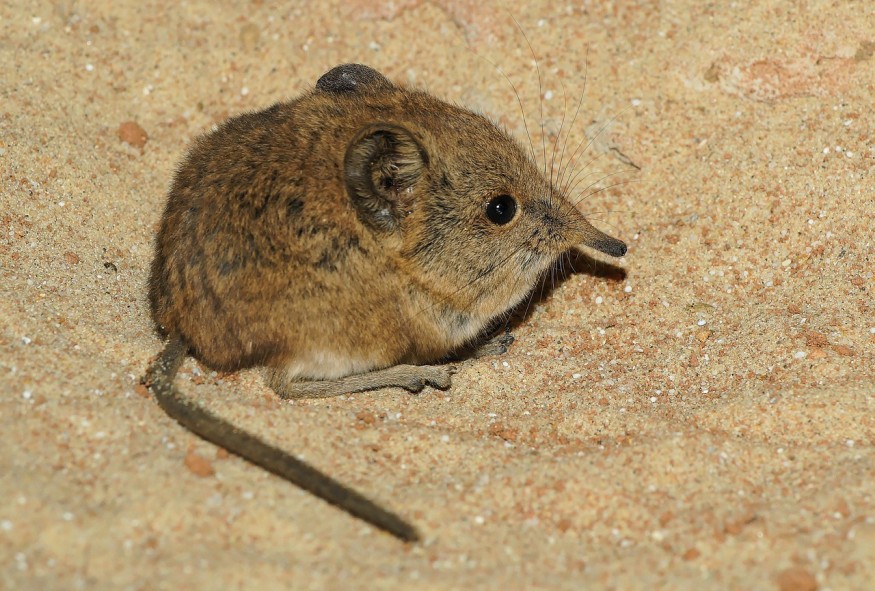Scientists rediscover an elephant shrew species in Africa half a century after being "lost." These obscure and cryptic mammalian species are mouse-sized, although it is a relative of the enormous elephant.
A Lost Mammal
This "lost" species was last recorded by science during the 1970s. The rediscovery occurred in the nation of Djibouti, which is located in the Horn of Africa, by a scientific team conducting an expedition in the area.
Elephant shrews are locally known as sengis. They are not elephants, nor are they shrews. They are related to elephants, manatees, and aardvarks. Just like their relatives, they possess a trunk-like nose. They use it for foraging for insects.
Worldwide, 20 sengi species occur. The so-called Somali sengi (scientific name: Elephantulus revoilii) is among the most mysterious mammalian species known, with only 39 specimens historically collected by science many decades in the past.

READ: Rediscovered: Florida's Blue Calamintha Bee Spotted at Lake Wale Ridge
The Discovery
Scientists got wind of sightings reported from Djibouti. Djiboutian conservationist and research ecologist Houssein Rayaleh says the Djibouti locals never thought of the sengis as lost; however, for the scientific community, this "new" finding is quite remarkable.
Rayaleh says that this is an essential matter for the country of Djibouti, which shows that research and science opportunities exist there due to its high biodiversity.
Duke University Lemur Center research scientist Steven Heritage is excited that the species is back on science's "radar." He was part of the 2019 Horn of Africa expedition.
READ ALSO: 219 Plant Viruses in Brazil Compiled in a Database for Researchers, Growers, and Policymakers
Catching the Animal
The research team used over 1,000 traps distributed in 12 sites in the expedition area. The traps were baited with a mixture of yeast, oatmeal, and peanut butter.
A creature was immediately captured by the first trap that the team set. According to Heritage, they were encouraged as they saw the animal in the trap, and seeing its diagnostic tufted tail, realized they had something special.
The research findings are published in the Peer J journal.
Species Profile and Status
The team found a total of 12 sengi individuals in the expedition. They also took video and photos of live specimens to document the rediscovered elephant shrew. According to the scientists, there are no immediate habitat threats, as the species and its environment are far away from and inaccessible to farms and human settlements.
The Somali sengi seems to have the same abundance as other species of elephant shrews. Its range is thought to include Somalia, Djibouti, and Ethiopia.
The Importance of the Somali sengi
This species is as among Global Wildlife Conservation's 25 most wanted "lost" wildlife species. According to DNA analysis, this sengi should be a new genus, as its closest relatives are species in South Africa and Morocco. As to how it dispersed these great distances during its evolutionary history, scientists still do not presently know.
An expedition is planned in 2022 to track the animal using GPS radio tagging to determine their ecology and behavior.
Global Wildlife Conservation's Kelsey Neam says that knowing the species is still extant is the initial step in conserving it. Since scientists came to rediscover the elephant shrew species in Africa, conservationists and scientists can start to make sure it won't "disappear" again.
READ NEXT: New Green Pitviper from India Named by Scientists After a Character from Harry Potter
Check out more news and information on Endangered Animals on Nature World News.
© 2025 NatureWorldNews.com All rights reserved. Do not reproduce without permission.





